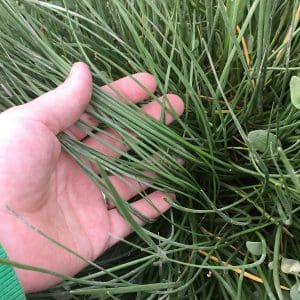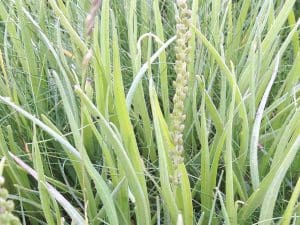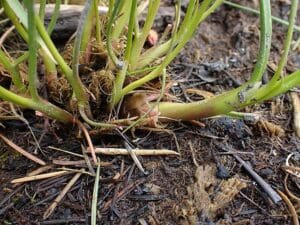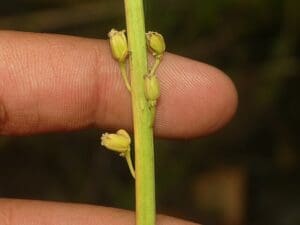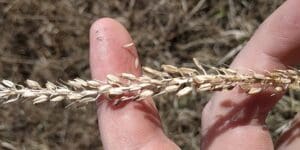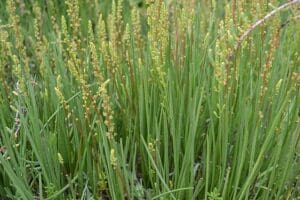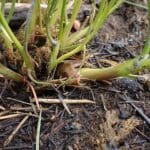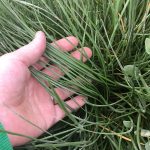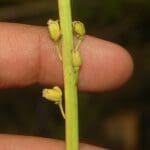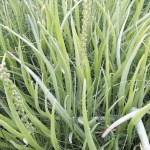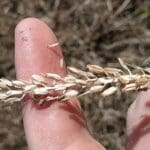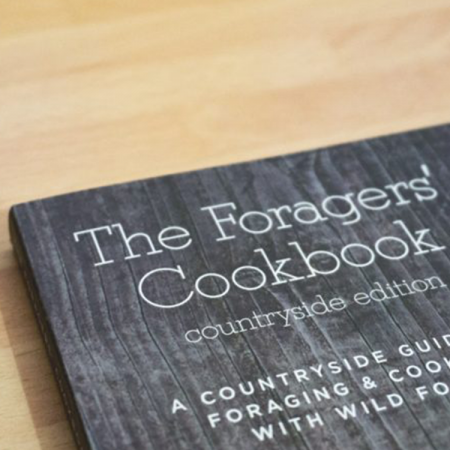Sea Arrowgrass / Summer / Edible
Sea Arrowgrass is an absolute delight to discover, something you thought was previously grass actually tastes like coriander, and it grows in the UK!
Common Names
Wild Corriander, Sea Corriander, Arrowgrass
Botanical Name
Triglochin maritima
Scientific Classification
Kingdom – Plantae
Order –Alismatales
Family – Juncaginaceae
Physical Characteristics
This perennial is most often overlooked as a type of grass
Leaves
The leaves, from 10-30cm tall and 2-5mm wide, are stalkless, erect and semi-cylindrical becoming larger or more bulbous and lighter in colour towards its base.
Flowers
The Flowers and seeds grow on a single stem up to 40cm tall, in balls or egg-shaped growths directly from the stem from 2-6mm.
Whole Plant
The whole plants grow in clumps up to 30cm in diameter. On crushing the seeds and base of the leaves give off an amazing coriander like aroma.
Habitat
Salt Marshes, estuaries and grasslands close to the sea
Known Hazards
The more green parts of the leaves store hydrocyanic acid which is practically cyanide, which can interfere with oxygen intake within the body, this is typically present during and after a drought. These amounts are typically very low in the UK due to the climate. However as a precaution we don’t eat the green parts of this leaf.
If you are looking for this on salt marshes, it is easy to get stuck in the mud. It is best to wear footwear with a large surface area of sole to distribute your weight evenly and reduce the depth you sink into sometimes very deep mud. When traversing areas of saltmarsh, look out for creeks covered with Sea Purslane which grows over and hides the narrower creeks which riddle the marshes. It is therefore important to keep your eyes on the ground to identify these creeks as otherwise you can take a sudden drop and risk injury.
It is important to be aware of the tidal cycles and be sure to start harvesting as the tide goes out to allow plenty of time before the tide comes back in, or you could end up swimming back! Always take a fully charged mobile phone with you and let people know where you are going and when you expect to be back. Even better, take someone with you to enjoy the sea air and help if needed.
Could be confused with
Sea Plantain (Plantago maritima) which doesn’t smell or taste like coriander or Marsh Arrowgrass (Triglochin palustris) which can be used in the same way as sea arrow grass.
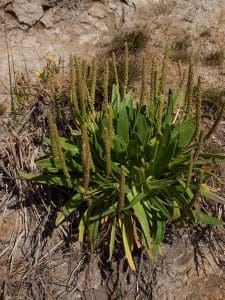
Edible Use
Root/ base of the leaf: Use the white parts of the leaf-like you would coriander.
Fruit/seeds: Use the seeds where you want a crunch or pop of coriander. Dry the seeds and use as a coriander like flavouring. Roast into fragrant coffee.
Click here to see some of our favourite Sea Arrowgrass recipes.
Extra notes from the Foragers
The easiest way to identify this plant from all of the sea plantains it inevitably grows with is to firstly look for the seeding shoots of sea arrow grass. Work down to the base of the seeds and check the surrounding clump of leaves – they will more than likely be arrow grass so crush one and smell. Not a massive issue if you mistake them for Sea Plantain as this is also edible but just doesn’t taste like coriander.



